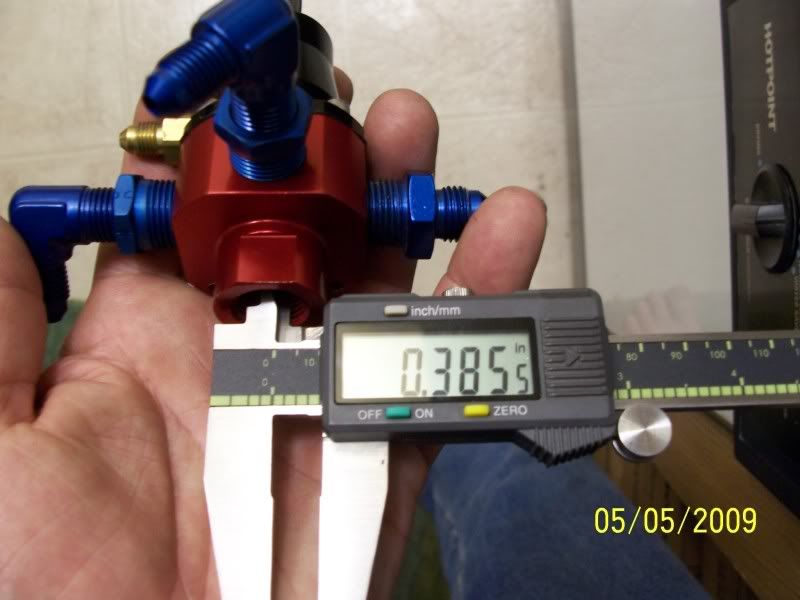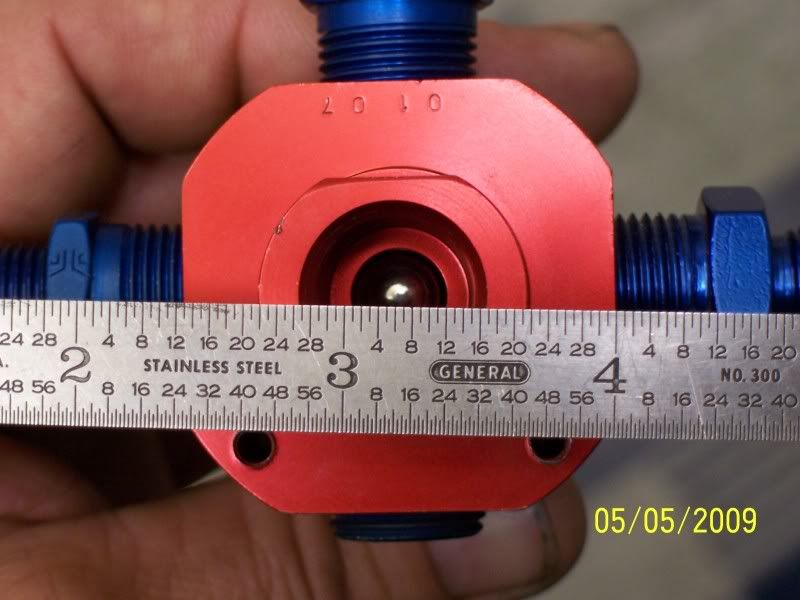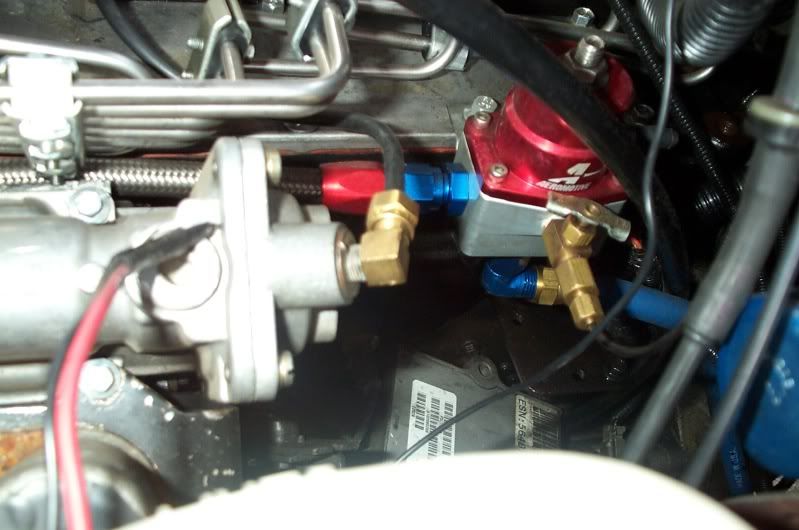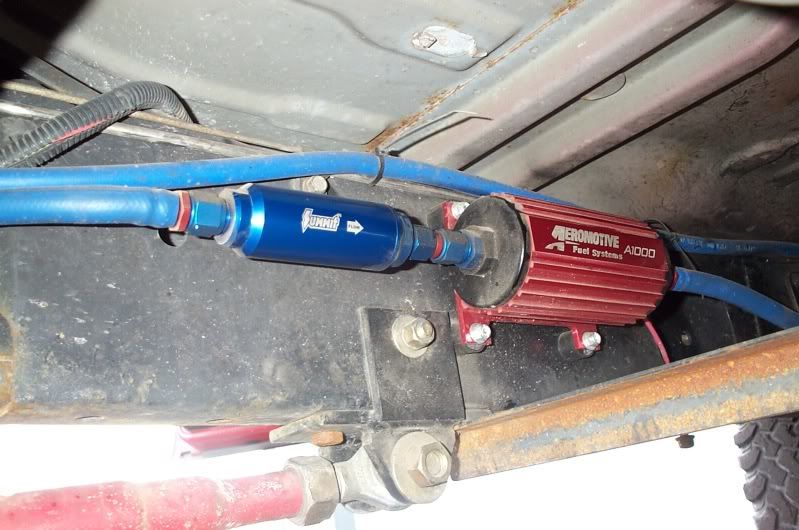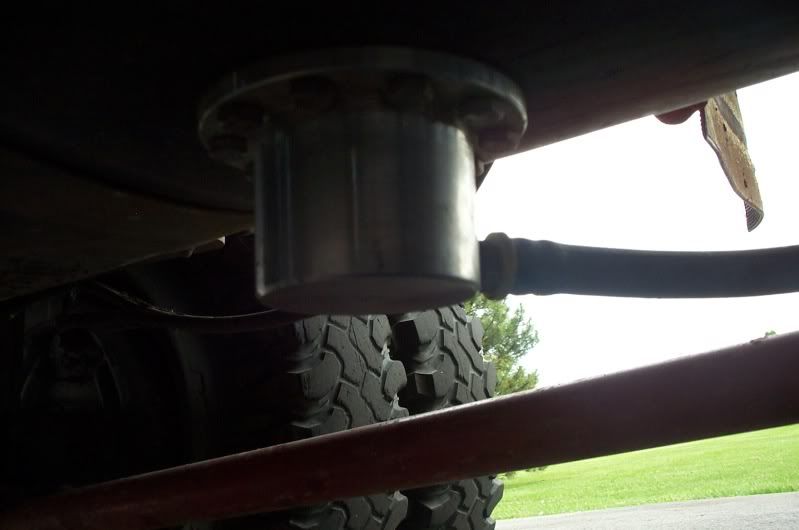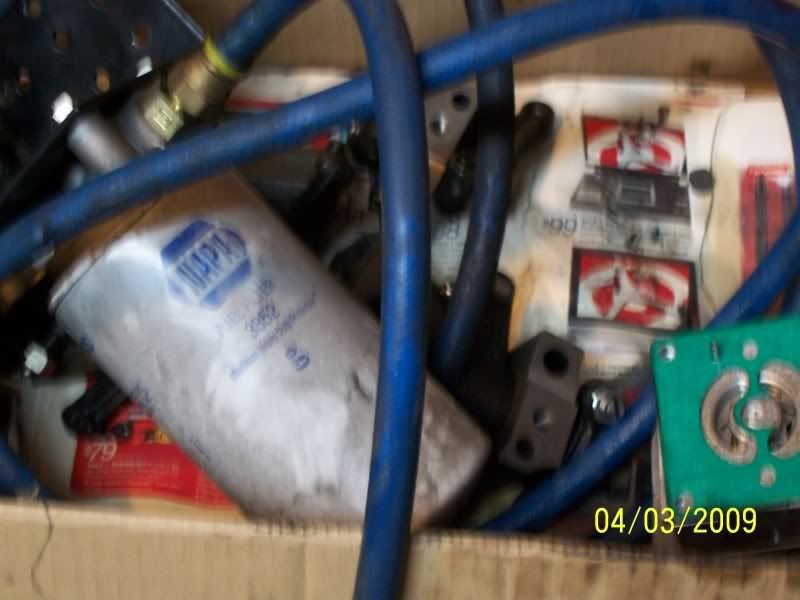"Chippewa is constantly inventing clever ways to cause nature to work in his favor.
One hot August day Chippewa secured a length of pipe in the bottom of the river running through his property. After using rocks to point it upstream, he attached a garden hose to the downstream end of that pipe and discovered that he had enough Flow and Pressure at the hose end to spray down equipment, vehicles, dogs, kids, and his ex.
The problem was that there was a long trek over challenging terrain between his new "hydro-blaster" and anything he'd want to spray. So, during his next "trip-inta-town," Chippewa bought all 23 of the 100-ft. garden hoses at the hardware supply. While connecting them end to end, he carefully strung them up, down, and around-all the way from the "buried pipe-pump" to the edge of his driveway.
Finally, after connecting the end of his 2,300-ft. hose to the "buried pipe-pump," he hiked excitedly back to his driveway. To his surprise and dismay, he found that the end-product water flow was barely a dribble. That's just about the time when I came riding up the dusty, pot-holed "road" that leads to his gate.
Chippewa is sometimes frighteningly clever and so I am always flattered when he asks for my opinion or analysis of something. Chippewa walked me through his long-range hydro-blast system (LRHBS) and asked me why I figured it wasn't working.
I grinned that arrogant Double-E grin and explained that I saw the system as a simple electrical circuit and that within in that analogy, the problem should be easily solved.
THE POWER OF OHM'S LAW
As an EE I am sometimes plagued with the illusion that conceptualizing something as its mathematical model makes it easier to explain. Being highly intuitive and relentlessly pragmatic by nature, Chippewa doesn't have that problem.
As we sat down, I grabbed a legal pad and clearly exclaimed "Ohm's Law!" as I wrote:
I = V/R
Chippewa set down his Pepsi and wrinkled his nose as he wrote:
OHM Slaw = Oranges, Honeydew & Mangos
Then he looked up at me, paused, and said "try English."
"O.k.," I said, as I began to regroup. "The system is comprised of three fundamental elements."
1) Voltage: The "buried pipe-pump" creates a pressure on the water to flow through the pipe and down the hose. This system pressure can be adjusted in many ways by placing the pipe in a faster water flow, adding an electric pump to boost it, or changing the pipe-to-upstream angle. This pressure is the driving force and without it everything stops working.
The pressure is analogous to the voltage driving an electrical circuit. We can change the voltage, or electrical "pressure" in an electrical system-for example, by changing the battery or generator size.
2) Resistance: The pipe and hoses form a conduit for the water to flow through. If the conduit has kinks, blockages and very narrow areas, the water flowing will encounter difficulty which will reduce its rate of flow. If the conduit is wide, smooth and straight, the water will flow at maximum speed through the course.
If we seal off the end of the first hose attached to the "buried pipe-pump," even though the pressure is still present, the water flow will stop. If we decrease that blockage by drilling holes in the end-seal, the water will begin to flow. Thus, we can affect the water flow rate by changing the amount of restriction (resistance) at the hose end. Similarly, we can change the flow rate by switching to larger or narrower hoses, adding or removing blockages and kinks, etc.
3) Current: The amount of water flowing through the hose (say gallons per minute) is analogous to the electrical current (in electrons/second) flowing along a conductor.
We can't directly change the water flow rate. The water flow-rate is a predictable consequence of the pressure applied and the resistance encountered. We CAN, however, directly change the pressure (voltage) and the path restriction (resistance).
These three fundamental elements are the basis of Ohm's Law.
SO THE PROBLEM...
I told Chippewa, "is that you started with the 'buried pipe-pump' driving one 25-ft. hose. In that configuration, the pressure/resistance quotient gave you ample water flow.
"Then, you added 2,300 feet of additional restriction to the flow path. THAT IS WHAT CHANGED. As the resistance went up, the flow rate went down and you're now well below the desired flow rate."
THE SOLUTION IS...
"We have two possibilities for increasing your LRHBS water flow-rate."
1) Increased Pressure * Feed the system with five or 10 pipes buried in the river. Move the "buried pipe-pump" farther uphill toward the reservoir. Put an electric pump anywhere along the hose line.
2) Reduced Restriction * Use larger PVC pipe in place of the hose....."
